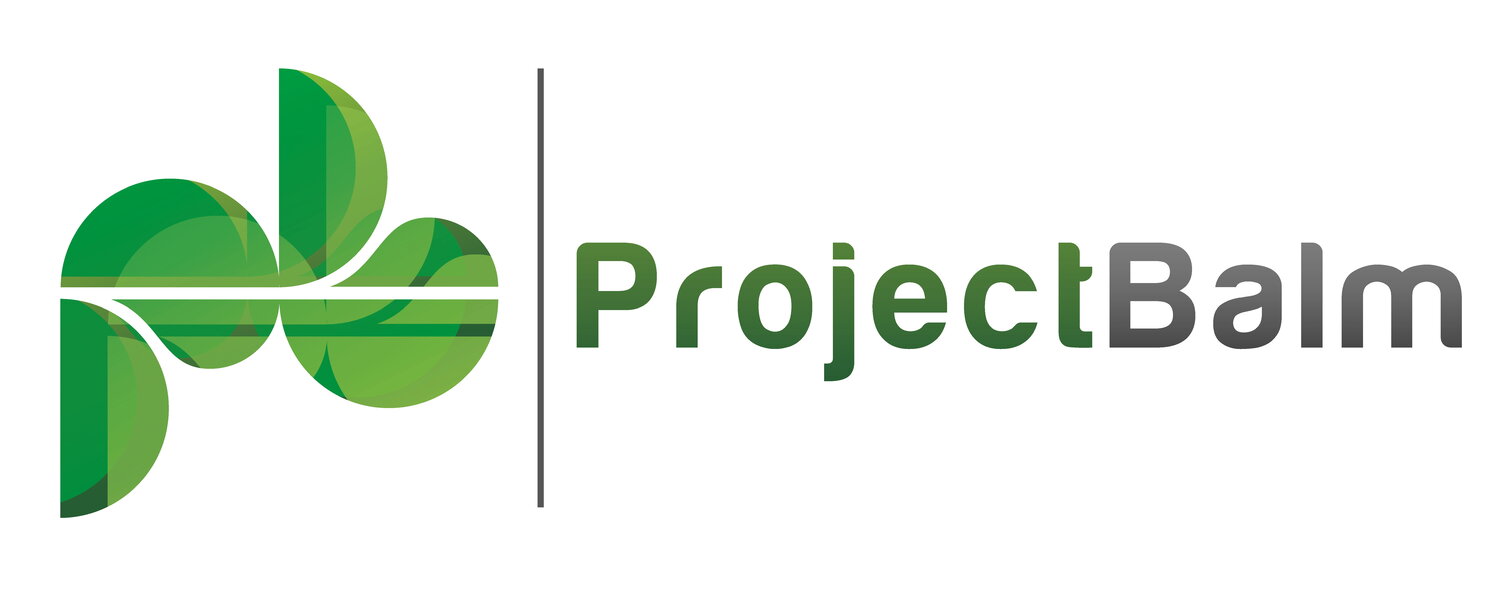Creative Risk Identification
Risk identification is a critical component of risk management—after all, you cannot manage a risk if you don't know what it is. Various techniques exist for identifying potential risks, including brainstorming, interviews, questionnaires, SWOT analysis, and root cause analysis. One limitation of these traditional techniques is that they usually emphasize a team member's prior knowledge of similar situations, which can result in a narrow focus on the same risks and challenges in every project.
What should we do about it? Some risk practitioners have found that creative, imagination-based techniques can help identify risk beyond what is apparent from previous experiences. We'll explain three of these techniques here: role-playing, reverse brainstorming, and random stimulus.
Our first creative technique for identifying risks is role-playing. This method involves participants taking on different roles within the stakeholder group to explore risks from various perspectives. For example, a programmer might pretend to be the CEO and suggest risks based on that viewpoint. This exercise encourages team members to engage in lateral thinking and gives them permission to propose ideas outside their expertise.
Our second creative technique is reverse brainstorming. This method involves imagining the worst-case scenarios for the project and working backward to identify the risks that could lead to those outcomes. For example, the facilitator proposes that the project finished 200% over budget and challenges the working group to devise a plausible explanation. Approaching the problem "in reverse" stimulates fresh ways of engaging with the situation. This technique can be particularly effective in identifying risks that may take time to be apparent.
Our final creative technique is random stimulus. This method uses a random word, phrase, or image to trigger new ideas and perspectives on potential risks. For example, the team can generate a random word or phrase, such as "ocean" or "the sky's the limit," and brainstorm potential risks associated with that word or phrase. This method can help team members break their habitual thinking patterns and generate new ideas.
These creative techniques can be an effective way of identifying risks and fostering innovation. They are especially recommended when you find yourself recording the same half-dozen risks for every project. By encouraging imaginative thinking, these techniques allow teams to consider a broader range of issues and develop more innovative mitigation strategies. This naturally leads to improved risk management outcomes and contributes to the overall success of your project or business.
Reference. Hillson, D. (2005) Risk Doctor Briefing Note #17: Innovative risk management. [PDF] Risk Doctor. Available at: https://risk-doctor.com/briefings/
Risk Register by ProjectBalm is a proven tool that helps you record and manage your risks.
